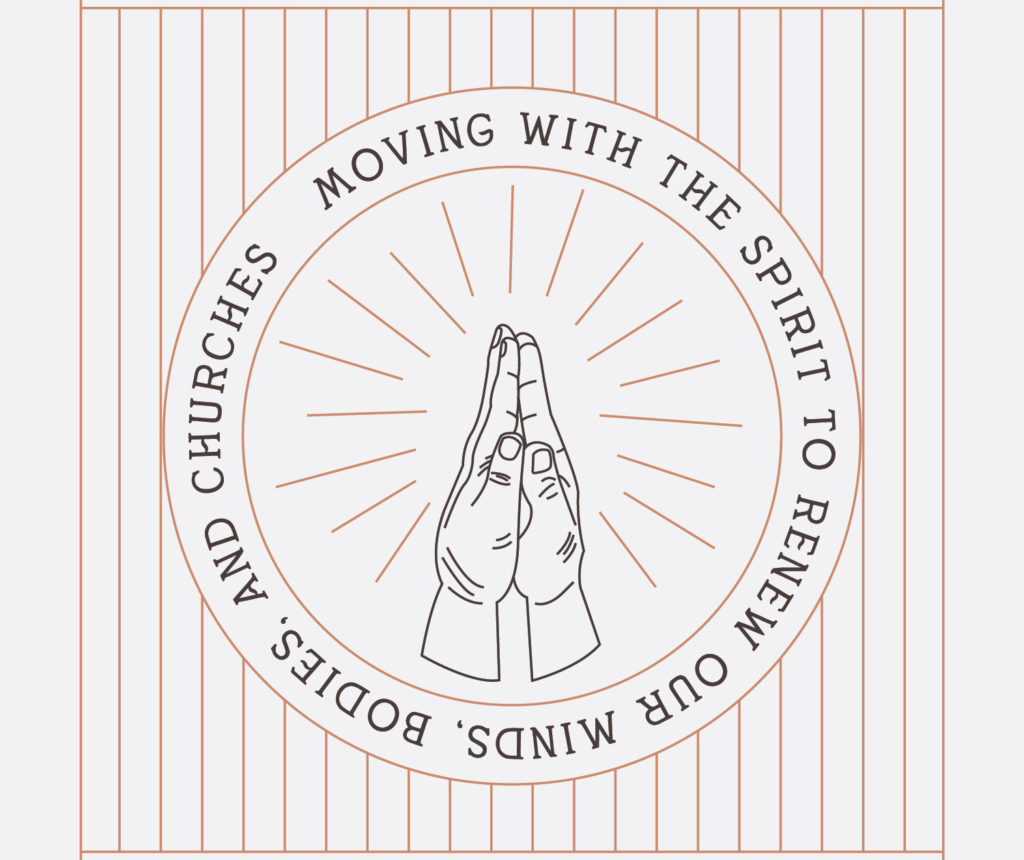
Learning to Pray: Rejoice (Part 2 of P.R.A.Y.)
Prayer is more challenging than we’d like to admit. At its most basic elements, prayer is having a conversation with God. Sounds easy enough. But what if you don’t know what to say? What if you never hear anything from God? What if you get distracted? It’s easy to see where things fall apart. We find ourselves making the same request as the disciples, “Lord, teach us to pray” (Luke 11:1).
I’ve heard numerous different acronyms for prayer over the years. Each one has its strengths and weaknesses. A couple of years ago, I read Pete Greig’s book How to Pray: A Simple Guide for Normal People. I found this book helpful and I’ve since started using Greig’s acronym P.R.A.Y. It stands for pause, rejoice, ask, and yield. In this four-part series, we will be exploring each one of these aspects of prayer.
Pausing in prayer naturally leads us to rejoice. When we slow down to notice God’s goodness, we can’t help but give him praise.
There are two sides to rejoicing in God: thanksgiving and praise. Thanksgiving is glorifying God for what he has done. Praise is glorifying God for who He is. Both are essential elements of prayer, and we see both in Luke 17:15-17 when Jesus healed the ten lepers. “Then one of them, when he saw that he was healed, turned back, praising God with a loud voice; and he fell on his face at Jesus’ feet, giving him thanks. Now he was a Samaritan. Then Jesus answered, ‘Were not ten cleansed? Where are the nine?’”
Why are we so often like the nine? Give me my miracle, and I’ll be on my way. Our prayers become inwardly focused. Not that it’s wrong to ask God for help (we’ll talk about that more in part 3), but we must be careful not to love the gift more than the giver. We need to learn to shift the focus of prayer off ourselves and onto God.
Pete Greig, in The Prayer Course, gives an excellent illustration of a proper posture in prayer. He believes that our perspective should be like looking through a telescope, not a microscope.
Microscope
A microscope takes small things and makes them look big. We are hyper-focused on the small details of our own lives. Most of us naturally fall into this perspective. In reality, most of our worries are hypothetical situations that will never happen. To this mindset, Jesus would say, “Therefore do not be anxious about tomorrow, for tomorrow will be anxious for itself. Sufficient for the day is its own trouble” (Matt. 6:34). Instead of blowing problems out of proportion, we can learn to trust God by casting our anxieties upon him.
Telescope
A telescope takes big things and makes them apparent. Stars and planets appear tiny to the naked eye, but it becomes evident just how gigantic they are when photographed by the Hubble telescope. The same phenomenon happens when we gaze at God. When you take time to quiet the noise of life and look at Jesus, you’ll see just how amazing God is. When Mary received a prophecy confirming Gabriel’s news, she rejoiced, saying, “My soul magnifies the Lord, and my spirit rejoices in God my Savior” (Luke 1:46-47).
Richard Foster teaches us to magnify God in Prayer: Finding the Heart’s True Home,
“To talk about ourselves or our activities out of true proportion is dangerous indeed, but when we magnify God, we are on safe ground. We simply cannot say too much about God’s goodness or love. The most exaggerated things we can think of will still be far below what is actually the case.”
Rejoicing in the Lord is sometimes easier said than done. What if I don’t feel very joyful? What if my problems aren’t hypothetical, they are real? What if I don’t want to sing or pray at all? These are precisely the times we need to praise God the most. You don’t have to minimize your problems to magnify God’s goodness.
When you can’t see a reason to rejoice in the Lord—keep looking. Though we worship with emotion, feelings are not the foundation for worship. We praise God for who he is, not how we feel. Remember that Paul wrote the line, “Rejoice in the Lord always; again I will say, rejoice” (Phil. 4:4) from prison! Sometimes prayer looks more like offering a sacrifice of praise.
Here are three ways to start rejoicing in the Lord, even when we don’t feel like it.
1. Go to places that inspire praise.
Last week I went on vacation with my family to Lake Tahoe. On our final night, I went out and sat by the coast after the girls went to bed. I spent time reflecting on Psalm 19. Even the first verse of the psalm speaks powerful truth, “The heavens declare the glory of God, and the sky above proclaims his handiwork.” These words are much more powerful when you read them sitting in God’s creation.
If you feel stuck in your situation, get outside (literally). Go for a walk or hike in the hills. Look at the example of Jesus. He often withdrew to beautiful gardens and mountaintops to pray. Attending a worship gathering can be the perfect place to inspire praise and thanksgiving within you. Being in the room and hearing other people sing beats Spotify every time.
2. Name your blessings.
There is a classic hymn called “Count Your Blessings.” One line goes like this, “Count your blessings, name them one by one, count your many blessings, see what God has done.” You may not feel very blessed until you begin counting your blessings. Perhaps the more critical instruction is to name your blessings. Write them down. List ten ways God is good. Then list ten more. You’ll be surprised how fast your worries dissolve when you count your blessings. It’s almost impossible to be worried and thankful at the same time.
3. Notice God.
Back when I used to lead youth camps, we would do something called “God sightings.” Students would write down ways they noticed God moving throughout the event. It was powerful to see a wall fill up with sticky notes of how students saw God at work.
The truth is, God is always working even when we don’t see it. Jacob verbalizes this clearly after he awoke from a heavenly vision saying, “God was in this place and I was not aware of it” (Gen. 28:16). When you notice God, talk to him about it. In prayer, tell God how good he is and what you are thankful for. “Rejoicing in the Lord always” starts by rejoicing in the Lord today.
(For more from Joshua, check out joshuabranham.com.)









